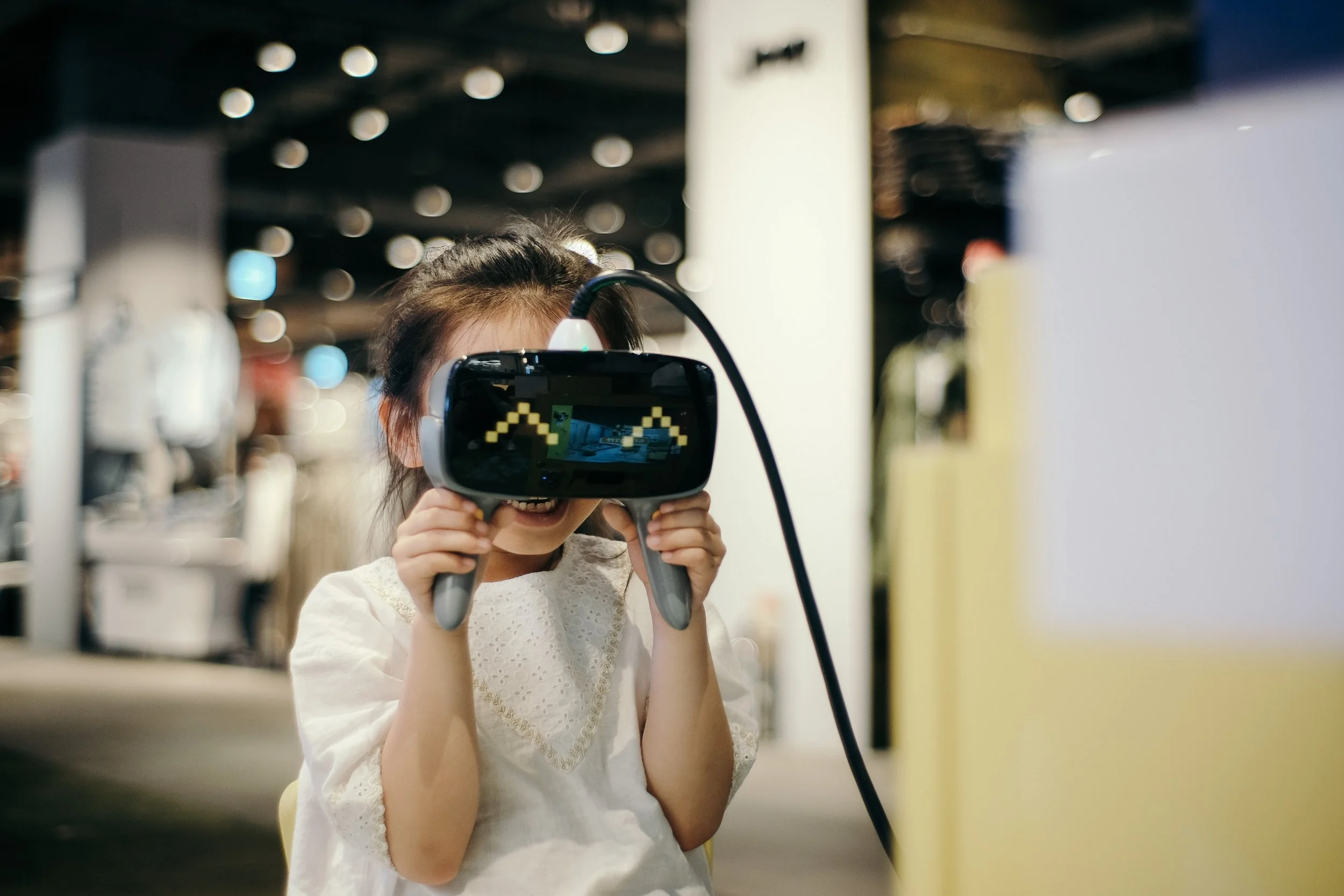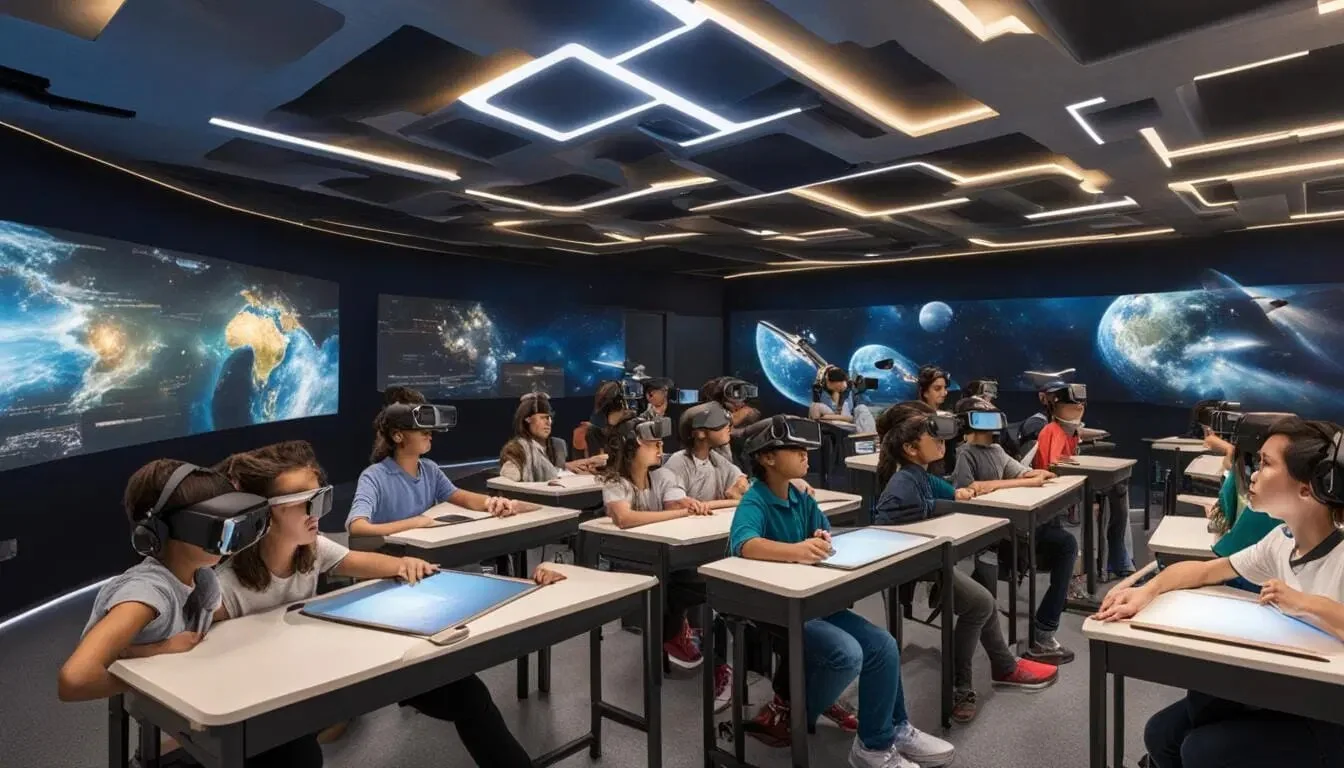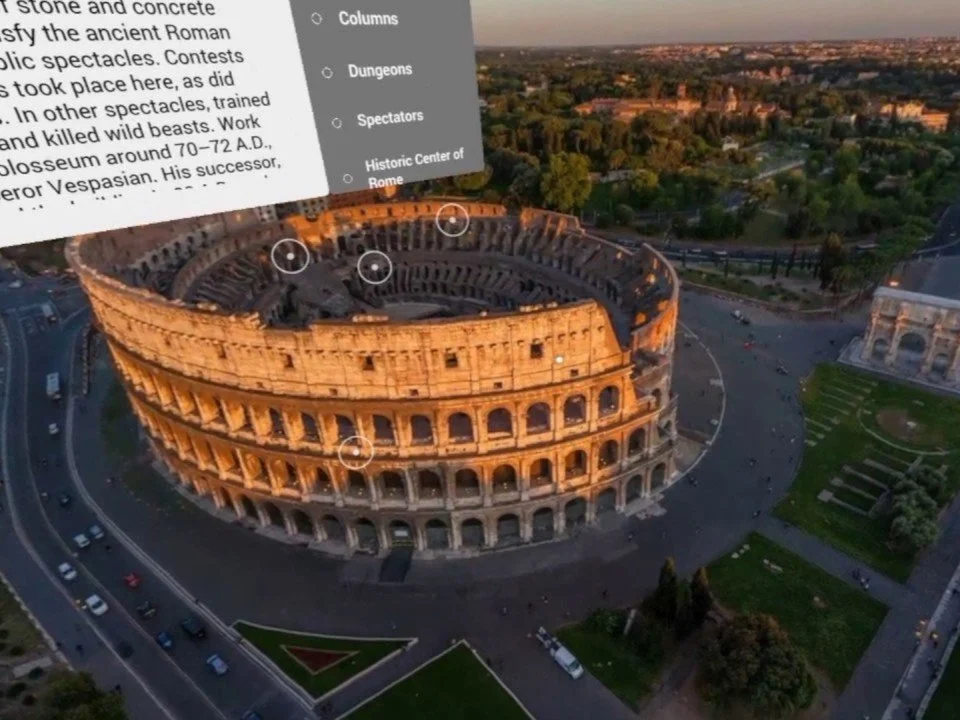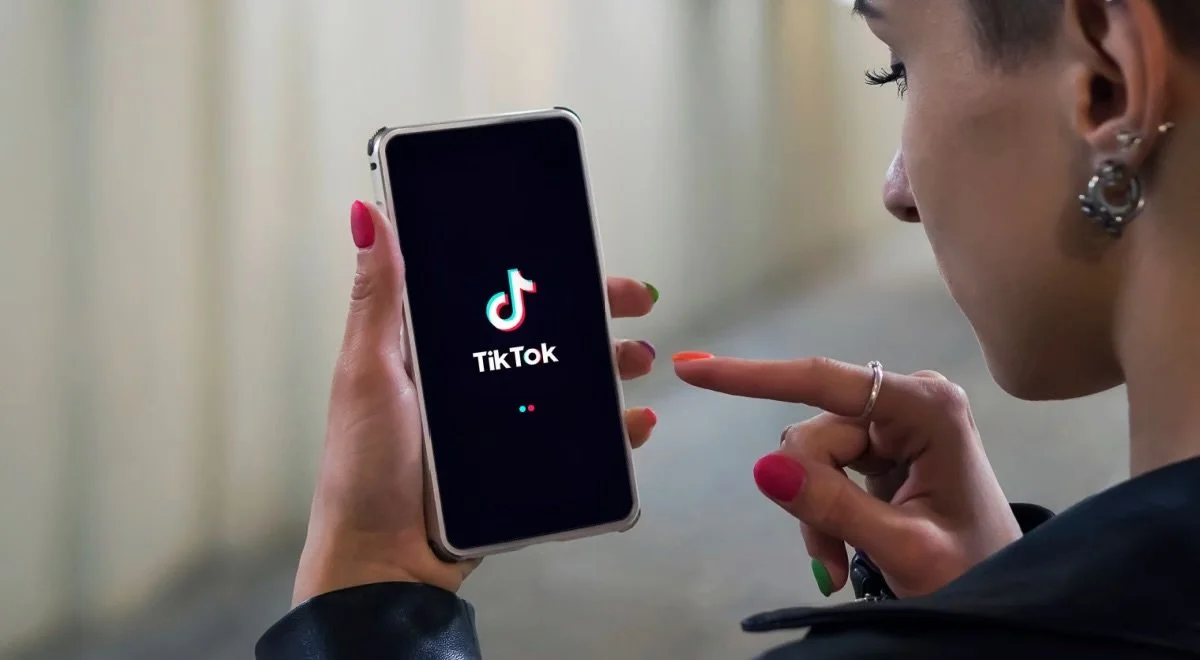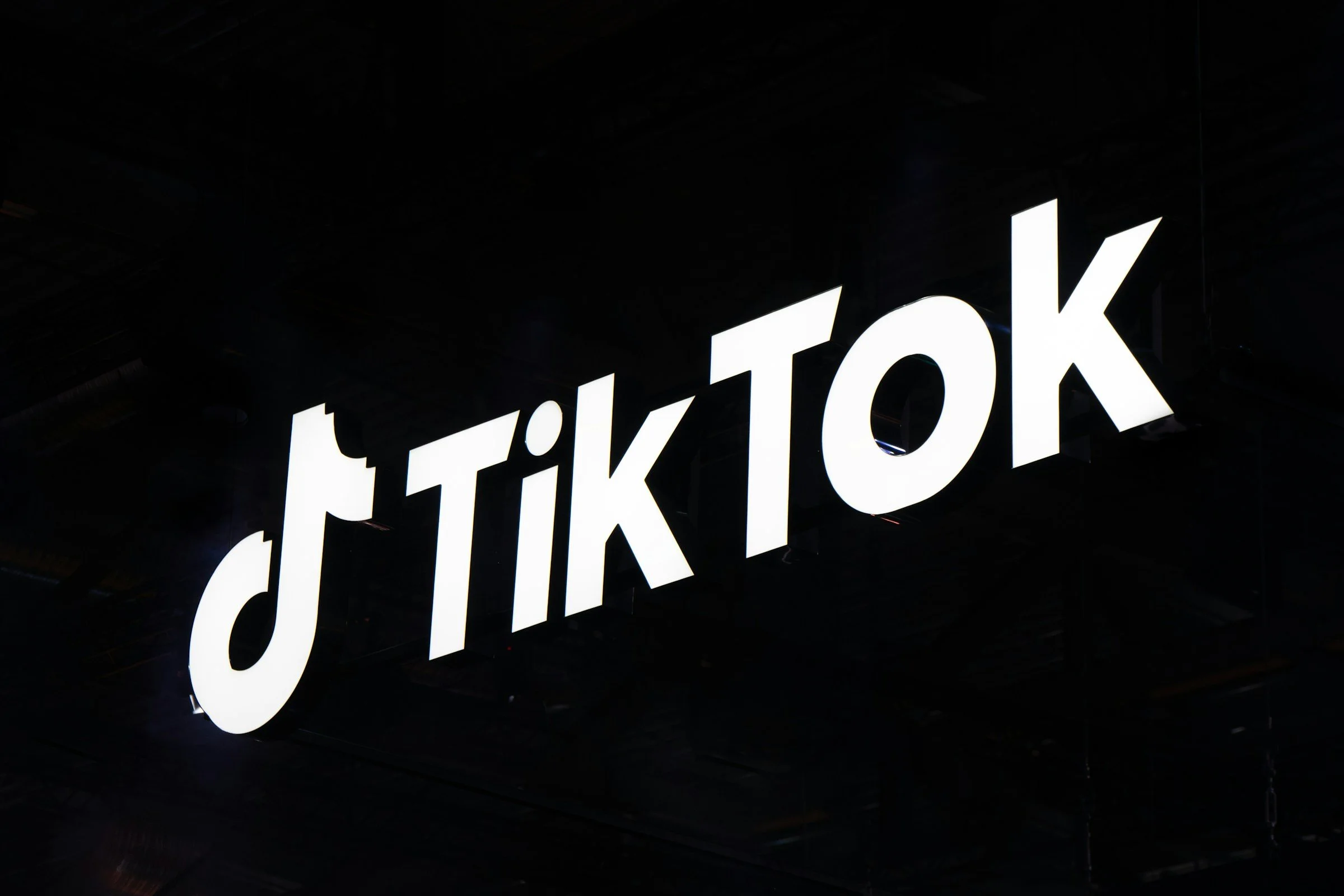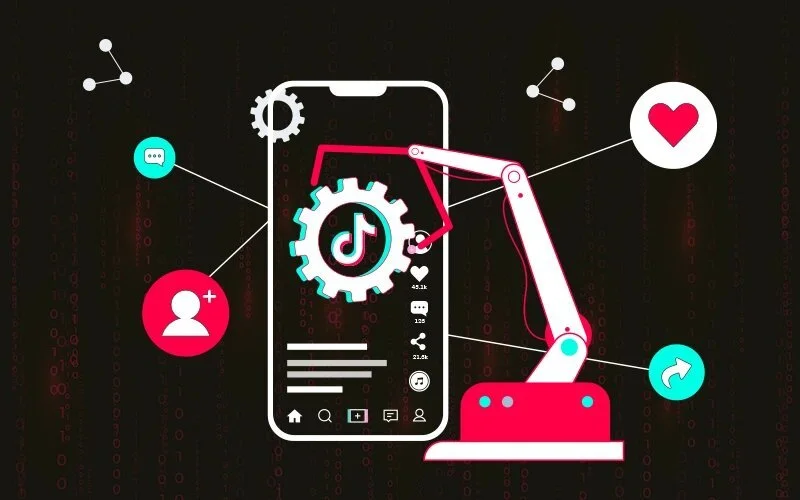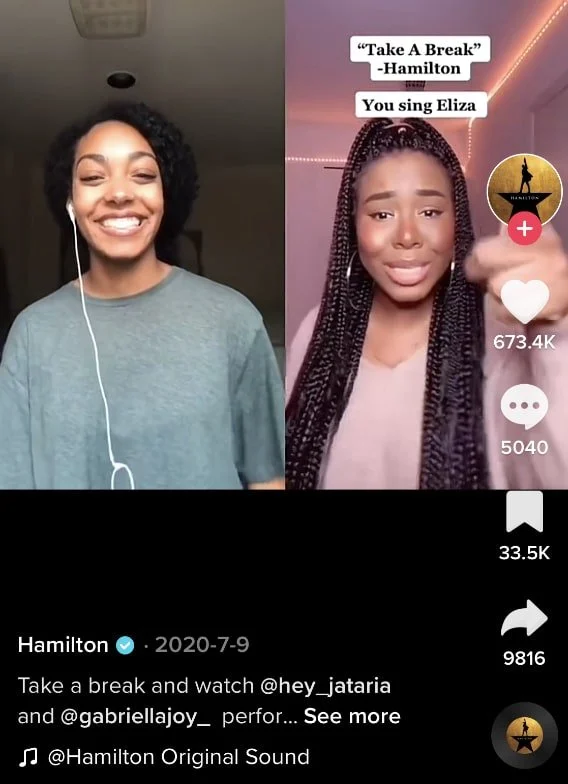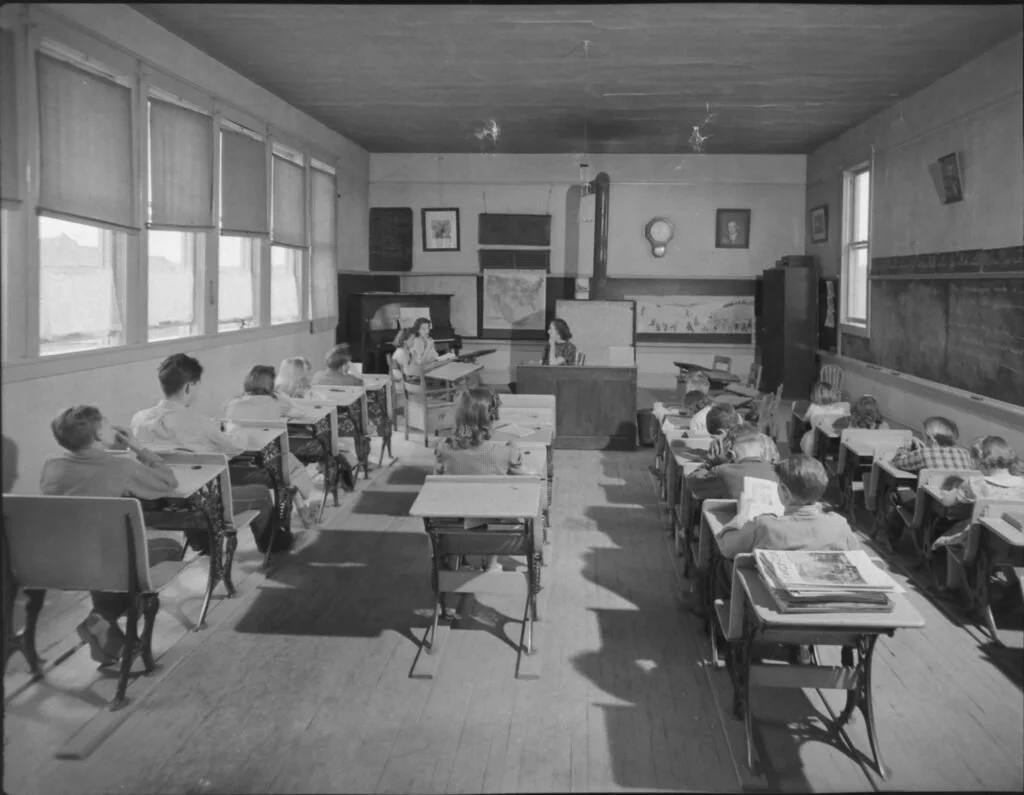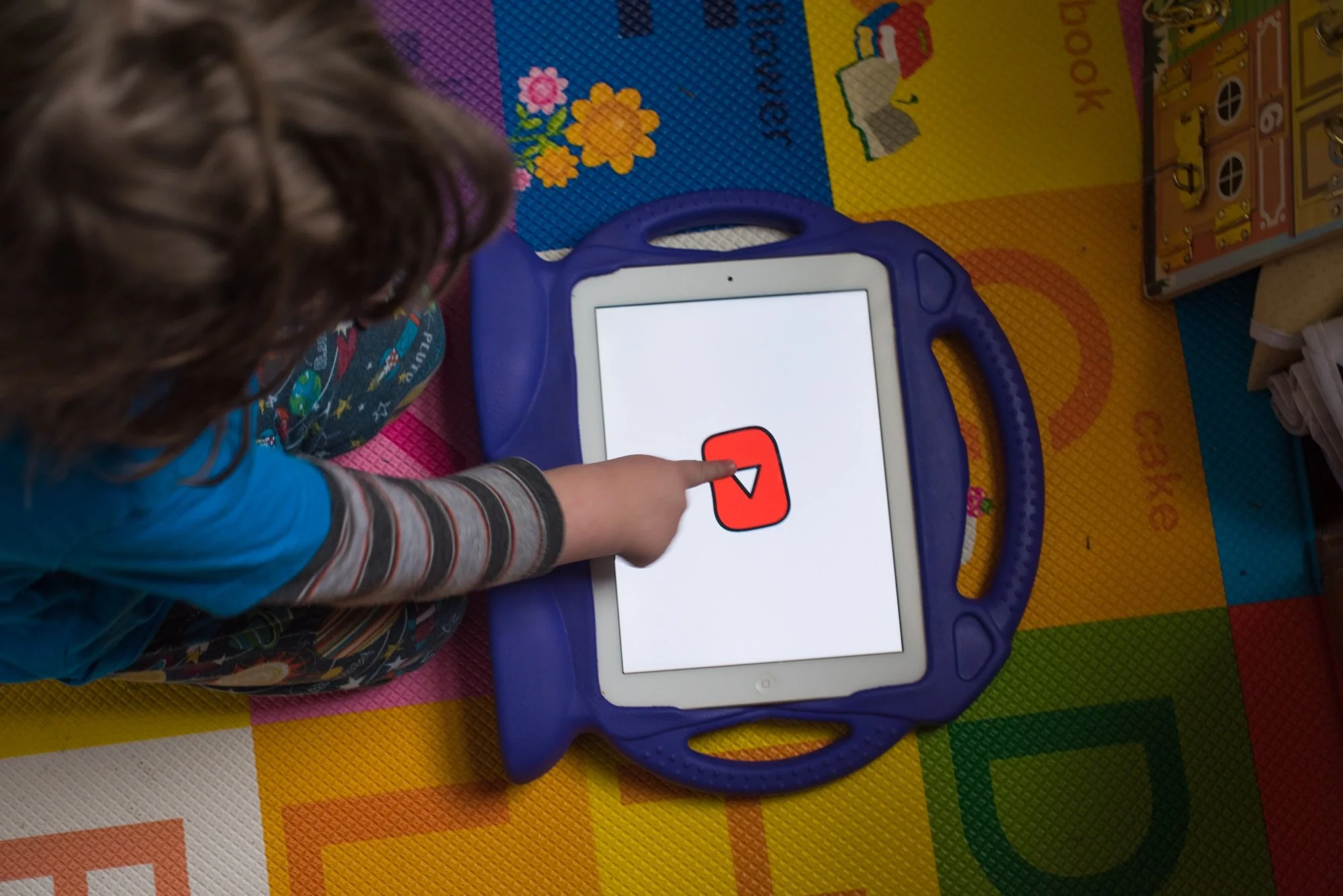The Future of Learning: Embracing Technology in Education
If you’re anything like me, the idea of the future can be both thrilling and a little overwhelming—especially when it comes to learning...
If you’re anything like me, the idea of the future can be both exciting and a little overwhelming—especially when it comes to learning. Technology is moving at lightning speed, and the devices and tools we use today might look completely different even a year from now. But one thing is certain: the future of learning is going to be deeply intertwined with technology. From AI to VR, we’re on the brink of an educational, technological revolution. So, what does this mean for the way we learn, and how can we prepare for it?
One of the most promising developments in modern learning is artificial intelligence (AI). Imagine a learning platform that not only tracks your progress, but also understands your strengths and weaknesses and then adapts the content to fit your needs. That’s exactly what new, AI-driven platforms like DreamBox Learning are doing. And the results are impressive: studies have shown that personalized learning can boost student performance by up to 30% source. It’s like having a tutor who knows you better than you know yourself. Traditional education systems, which often rely on a one-size-fits-all approach, can struggle to meet the diverse needs of individual students, especially those with disabilities or accessibility needs. However, AI-driven platforms offer a solution by providing customized learning experiences tailored to each student's unique learning styles.
Virtual and augmented reality (VR/AR) are also set to change the game in education. Picture this: instead of reading about ancient history, you could virtually walk through the streets of ancient Rome, or instead of just studying a diagram of a cell, you could interact with a 3D model in real-time. Sites like Google Expeditions and zSpace are making these ideas a reality, bringing learning to life in ways we’ve only dreamed of before. Even SUU has started to incorporate VR and AR technologies in both the classroom, and as a center for students to experiment with this technology.
Social media platforms like TikTok and YouTube are already huge players in modern learning. They’ve democratized education, making it accessible to anyone with an internet connection. According to the World Economic Forum, YouTube has become a leading platform for self-education, with millions tuning in to learn new skills every day. And this trend sure isn’t slowing down anytime soon. These platforms are perfect for lifelong learners who want to explore new topics and skills on their terms.
Looking ahead, it’s clear that technology will continue to shape the future of education in major ways. Embracing these advancements is key to creating a more inclusive, engaging, and effective learning environment. Whether it’s AI, VR, or social media, the tools we use to learn are evolving. I honestly believe that’s something to be excited about. If you’re curious to learn more about these trends, I highly recommend checking out "The Fourth Industrial Revolution" by Klaus Schwab or diving into the "Learning 2030" initiative by the OECD source. The future of learning is here, and it’s more exciting than ever.
Why TikTok is the Perfect Platform for Modern Learning
TikTok. It’s the app that took the world by storm, and let’s face it, most of us can’t get enough of it...
TikTok. It’s the app that took the world by storm, and let’s face it, most of us can’t get enough of it. Even I am guilty of the endless scrolling habits that are all too common with this app. But while TikTok is famous for its dance challenges and viral trends, there’s something else happening on this platform that’s worth paying attention to—it’s becoming a powerhouse for education. Yes.. you heard me right. TikTok isn’t just for entertainment anymore; it’s transforming how we learn. And here’s why that matters:
TikTok’s format—short, snappy videos—fits perfectly with the way we live our lives today. Studies suggest that our attention spans are getting shorter, down to just 8 seconds according to the average source. So crazy! That’s why TikTok’s 15 to 60-second videos are so effective; they deliver valuable information in a format that’s easy to digest, even when we’re on the go. Take the #EduTok campaign, for example—it’s been a huge success, with millions of educational videos reaching people all over the world. The short-form content is perfect for a short, specific lesson or topic.
But what really sets TikTok apart is its algorithm. Unlike other platforms, TikTok tailors your feed based on what you engage with, so you’re constantly discovering new content that aligns with your interests. A deep dive by The Verge revealed just how powerful this algorithm is, helping users stumble upon content they didn’t even know they were interested in. This means TikTok isn’t just a platform for passive consumption—it’s a personalized learning tool.
And let’s not forget about the community aspect. TikTok’s interactive features—like comments and duets—make it easy to engage with content creators and other learners. You’re not just watching a video; you’re joining a conversation. This is one of the most powerful, specific aspects of social media. Overall, this interaction enhances the learning experience, making it more collaborative and, ultimately, more meaningful.
Overall, TikTok is quickly becoming one of the most exciting platforms for modern learning. It’s not just a place for trends and entertainment; it’s a dynamic, engaging space for education. And as more educators and learners join in, we can expect TikTok, and other social media apps, to play an even bigger role in how we learn. So next time you’re scrolling through your feed, take a moment to explore the educational side of TikTok—you might just learn something new!
The Evolution of Learning in the Digital Age
Let’s be honest—learning today looks nothing like it did even a decade ago...
Let’s be honest—learning today looks nothing like it did even a decade ago. With the explosion of digital media, our approach to education has transformed in ways that even our grandparents couldn’t have imagined. Gone are the days when learning was confined to dusty textbooks, chalkboards, and dunce caps. Instead, we’re seeing a vibrant, dynamic shift towards digital platforms that make learning more accessible, engaging, and…dare I say it…fun! But how did we get here, and what exactly does "modern learning" entail?
The digital learning revolution didn’t happen overnight. It started back in the late 1990s when the internet began to shake things up. Even when MIT first offered free online courses in 2002, that was a huge game-changer for how we shifted our learning tactics. Fast forward to today, where platforms like Khan Academy and UDemy are household names: offering everyone (from middle schoolers to retired individuals) the chance to learn just about anything, anytime, anywhere. I’ve personally taken several courses on UDemy before, and the ability to learn from high-quality professors and teachers remotely is just amazing!
But it doesn’t stop there. These days, learning isn’t limited to formal courses. We’re absorbing knowledge in new ways—through YouTube channels like John and Hank Green’s "CrashCourse" that break down complex topics into digestible episodes, or even through TikTok, where a 60-second clip can teach you everything from the history of the Roman Empire, to how to manage your finances. Just check out the #LearnOnTikTok hashtag if you need proof—it has billions of views, and for a very good reason. Short-form educational content is the key in educating this new, technologically advanced generation.
“We need technology in every classroom and in every student and teacher’s hand, because it is the pen and paper of our time, and it is the lens through which we experience much of our world.”
–David Warlick
What’s really exciting is how interactive modern learning has become. No longer are we passive recipients of information. Tools like Quizlet and Duolingo turn studying into a game, making it easier to stick with and more fun to do, increasing motivation for students to actually do their homework. And then there are even virtual classrooms, where collaboration and discussion flow just as freely as in any physical classroom, if not more so. Virtual classrooms are able to give everyone an equal playing field, where even the most shy student will still have equal opportunities.
Looking ahead, it’s clear that the evolution of learning is far from over. The future promises even more innovation, with AI and VR leading the charge. Imagine using VR to walk through ancient Rome or having an AI tailor your study plan based on your strengths and weaknesses—sounds pretty cool, right? The key to thriving in this new landscape is staying curious and open to new ways of learning. After all, the only constant in life is change, and the world of education is no exception to this.
